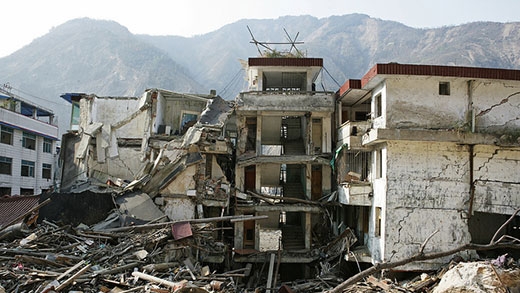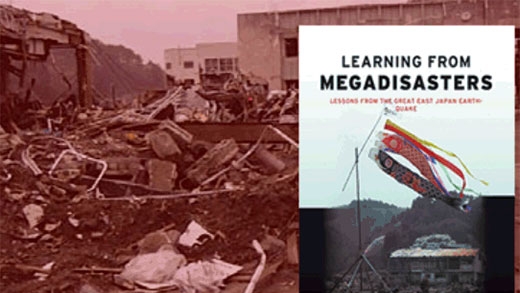No country can prevent natural disasters, but we can all prepare for them by learning as much as possible about the risks and consequences of devastating events, and by making informed decisions to manage both, said a new report launched last week in London at an event co-hosted by the World Bank and University College London.
Learning from Megadisasters, a joint World Bank-Government of Japan report, said disaster risk management is becoming increasingly important as the global economy becomes more interconnected, as environmental conditions shift, and as population densities rise in urban areas around the world.
“As cities grow, vulnerabilities increase due to increasing density, a burgeoning population, hastily built informal housing, and the lack of basic services,” said Abha Joshi-Ghani, the World Bank’s Director of Leadership, Learning and Innovation and a member of an expert panel that discussed the report’s findings. Often the poorest people are the most vulnerable.
Heavy rains in Kampala, Uganda, in 2012, for example, caused flooding in low-lying informal settlements, or slums, and displaced thousands of people. “The challenge of Kampala is that development is moving faster than planning,” said Uganda’s Minister of Disaster Risk Management, Musa Ecweru, another panelist.”People build homes in marginal lands, like water channels, and they are first to suffer from floods.”
Disasters put lives and prosperity at risk. Damages are very local but have a huge impact on GDP. It is estimated that, over the last 30 years, natural disasters have caused about $4 trillion in damages. Translating the knowledge gained from disasters into action is key, said the Megadisasters report.
The report distills the main lessons from the Great East Japan Earthquake and Tsunami, the first disaster ever recorded that included an earthquake, a tsunami, a nuclear power plant accident, a power supply failure, and a large-scale disruption of supply chains. The disaster claimed 20,000 lives, but more lives and property would have been lost if Japan had not invested in preventative measures and nurtured a strong culture of knowledge and learning from past disasters, said the report.
Proactive approaches to risk management can range from having good land use strategies and building codes in high-risk areas to empowering community members in their role as first responders.
Both tactics helped Christchurch, New Zealand, recover from a powerful 2011 earthquake. According to Christchurch Mayor Lianne Dalziel, “Everyone thought the earthquake in New Zealand would hit Wellington, and it was a surprise when it hit Christchurch… A lot more people would have died if we didn’t have the building codes in place.”


